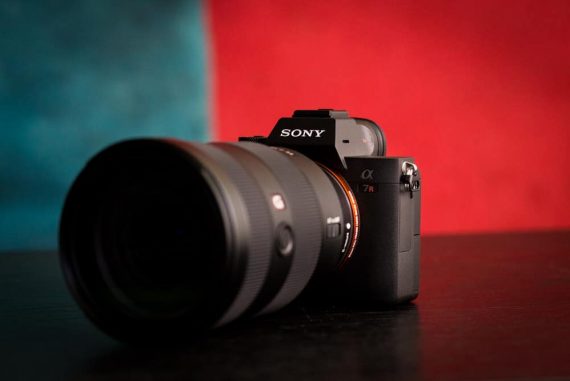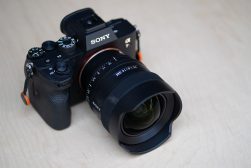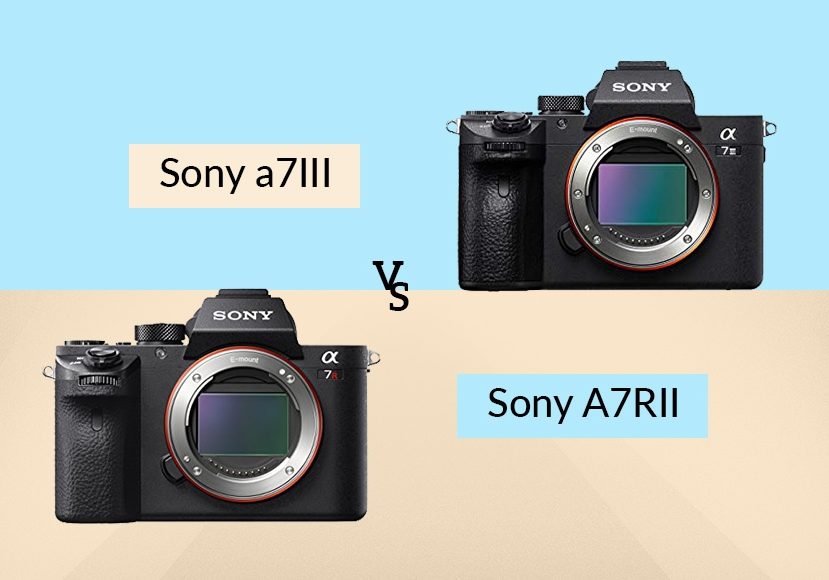
Sony a7R II vs Sony a7 III
Choosing between the Sony a7R II vs Sony a7 III? This guide will tell you the differences between the two cameras and the pros and cons of each. Read on!
If you’re struggling to choose a full frame Sony camera, then this a7R II vs a7 III guide may be exactly what you need.
I’m going to tell you all about these two cameras: what they offer, who they’re for, and which one you should purchase.
On the one hand, you have the Sony a7R II: an older, somewhat-dated camera but still packing a whopping 42 MP sensor and all-around fantastic image quality.
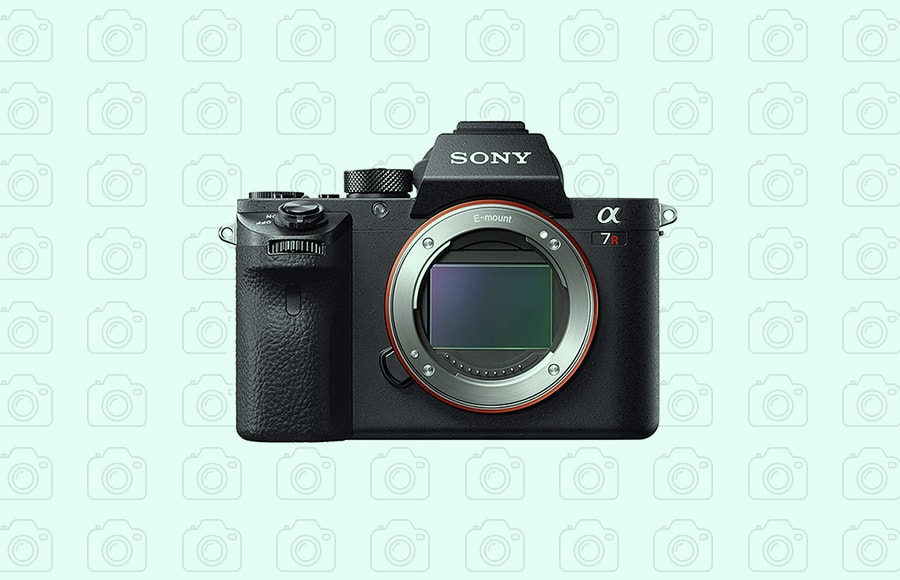
With double the ISO sensitivity, improved autofocus and 4k video, the a7III is definitely worth the extra money.
And on the other hand, you have the Sony a7 III. It’s not a megapixel monster, but it offers superb all-around capabilities that very few mirrorless models can match (and at an excellent price, too!).
So to find out which of these two Sony cameras is right for you, read on.
Also, check out our full Sony a7 III review for more on that camera.
Sony a7R II vs a7 III | Key Differences
1. Size & Weight
The a7R II and the a7 III are full frame Sony bodies separated by several years of upgrades.
Yet the form factor hasn’t changed much; both bodies are relatively compact and lightweight, clocking in at 625 g (for the Sony a7R II) and 650 g (for the Sony a7 III).
Is this difference something you’ll notice in the field? Probably not. But you can rest assured that both these options are going to give you a light setup overall, perfect for backpacking, travel photography, and more.
The a7R II and the a7 III have similar dimensions, as well: 127 x 96 x 60mm on the a7R II, versus 127 x 96 x 74mm on the a7 III.
You’ll notice that length and height are the same, but the a7 III does pack the bigger front grip. This likely accounts for the extra weight, and it also improves the ergonomics when shooting with heavy lenses (as discussed elsewhere in this article).
In this round of the Sony a7RII vs a7III battle, it’s a draw.
2. Rear LCD & EVF
When it comes to choosing a mirrorless camera, the electronic viewfinder is going to be a big deal – especially if you’re switching from a DSLR’s optical viewfinder.
But while the viewfinders on the a7R II and the a7 III are adequate, neither really stands out. You get the same 2.36M-dot resolution on both EVFs, resulting in nice detail and a good display but nothing worth writing home about.
In terms of rear LCDs, however, there’s a bit more variation.
Both screens offer tilt functionality and both are three inches. But the Sony a7R II has the superior resolution: 1230K dots, versus 922K dots on the a7 III.
While this is hardly a make-or-break feature, if you’re the type of photographer who frequently focuses using the rear LCD, you’ll appreciate the extra dots on the a7R II.
On the other hand, you get a touch screen on the Sony a7 III. And while functionality isn’t quite as broad as other mirrorless models, you can use it to quickly select AF points in the field, which is extremely useful for all sorts of situations.
3. Build & Handling
While the a7R II and the a7 III are nearly identical in size and weight, there are some subtle design differences that you’ll want to pay attention to.
First, you get a joystick on the a7 III. Either this or the touch screen can be used to select AF points, and they’re both far more convenient than the a7R II’s wheel alternative.
You also have a7 III’s enhanced front grip. It doesn’t make a huge difference when shooting, but if you frequently use longer lenses it will help the a7 III setup feel more balanced.
In terms of build, both cameras include magnesium alloy components and decent weather sealing. Either body is going to be fine for pros who treat their equipment well, but I wouldn’t suggest putting these cameras through serious trials (in other words, grab a waterproof rain cover, etc.).
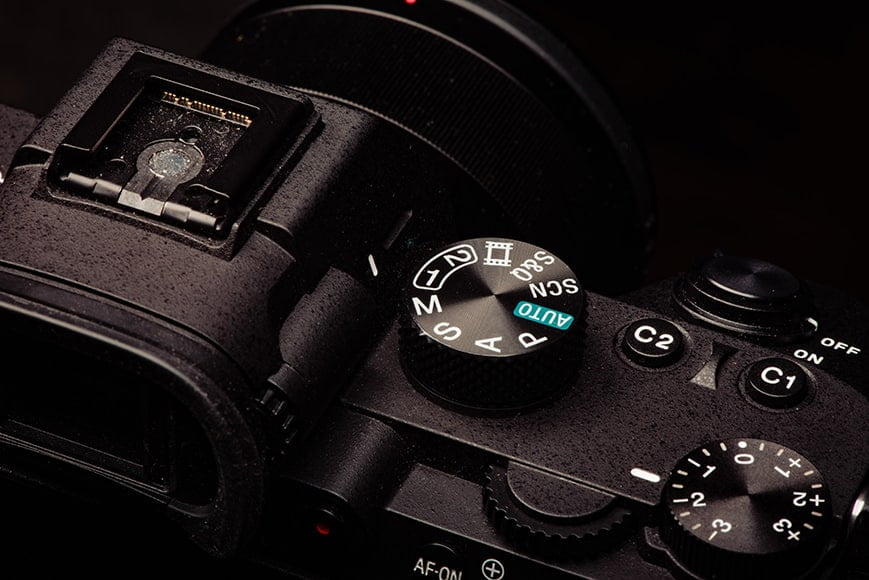
Body of the Sony a7 III | © Jason Vinson
A big difference between the a7R II and the a7 III, however, is the card slots:
The a7R II only offers a single SD slot, while the a7 III offers two slots – and one of these supports UHS-II cards.
For some shooters, an extra card slot is just an added bonus, and if that’s you, then the a7R II is still going to work just fine.
But for others, two card slots are a requirement. If you’re working with clients and a shot can’t be retaken (e.g., during an event), you need redundancy.
So if you’re one of those photographers, go with the a7 III.
Another small improvement worth noting: Both cameras include in-body image stabilization. But you’re going to see a slight boost with the a7 III, which offers five stops of IBIS, compared to 4.5 stops on the a7R II.
4. Autofocus
The a7R II broke new ground upon its release, thanks to its decent AF capabilities (combined, that is, with its stellar image quality).
After all, you got 399 phase-detect points plus another 25 contrast-detect points. This didn’t bring class-leading tracking speeds, but the a7R II does a decent job with tracking and is very fast when focusing on still subjects.
I wouldn’t recommend using the a7R II for lots of action photography, but it can manage in the occasional fast-paced shooting scenario.
In other words, it’s a real “all-around” camera.

Sony a7R II | © Benny Jackson
But the a7 III takes “all-around” to a whole new level.
The a7 III offers the absolute best autofocus system at this price, and just a superb AF system, period. You get lightning-fast tracking, as well as brilliantly designed Eye AF.
(Note that the a7R II has Eye AF, too, but not on the same level as the a7 III.)
The AF superiority is reflected in the specs: 693 phase-detect points and 425 contrast-detect points.
In fact, the a7 III’s AF system is so incredible that you can easily use it for professional sports shooting, wildlife shooting, bird shooting, and pretty much any action situation you can think of.
So if you need class-leading action capabilities, the a7 III is going to be the much better option.
5. Drive (FPS)
To follow up the brilliant action AF capabilities of the a7 III, you also get 10 frames-per-second continuous shooting.
And while this isn’t on the same level as some of the other sports-focused cameras out there, it’s still pretty darn good.
The a7R II’s continuous shooting speeds are far more modest. You get 5 frames per second, which is toward the middle (or even the bottom) of the pack.
As for buffers, the story is similar:
23 RAW and 23 JPEG shots on the a7R II, versus 40 RAW and 163 JPEG shots on the a7 III.
In other words:
If you’re shooting action for long periods, the a7 III is the camera you want to have in your hands.
6. Image Quality
The a7 III is a really, really good camera. It’s a great full frame all-rounder, and it’s strong enough to satisfy professionals in nearly every area.
But the a7R II was built as something of a specialist body. So one area where it absolutely outcompetes the a7 III?
Resolution.
The a7R II offers a full frame 42 MP sensor. This is nearly twice the megapixel count of the a7 III (at 24 MP), and allows for greatly enhanced resolution and cropping capabilities over the a7 III.
If you’re a landscape photographer, commercial photographer, macro photographer, or a high-resolution portrait photographer, then this is going to be a big deal.
In fact, the high megapixel count may be the deciding factor, and will be what makes you jump for the a7R II over the a7 III.
But if you’re not a high-resolution photographer, then 42 MP is probably going to be overkill. The 24 MP on the a7 III is enough for most purposes, including professional purposes, plus you don’t want to fill up your storage drives with unnecessarily large files.
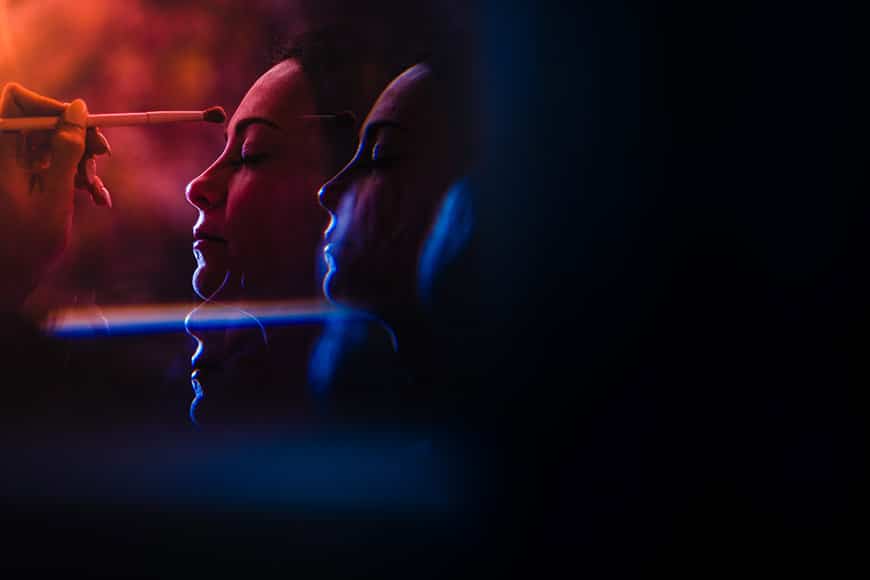
Sony a7 III | © Jason Vinson
By the way, it’s not like the a7 III is a slouch in the image quality department. Sure, the a7R II may have the higher resolution, but with improved resolution comes more image noise–and this is clear when comparing the a7R II and the a7 III images side-by-side.
Now, the a7R II puts up a good fight. It offers noise-free images to around ISO 1600 and useable images to ISO 12800.
But the a7 III is, simply put, one of the best low-light cameras you can buy.
I’d say that the a7 III offers a full stop of high-ISO shooting over the a7R II; you can safely shoot through ISO 12800 and produce images that are useable. If you’re a frequent low-light shooter, the a7 III is the way to go (though the a7R II isn’t going to be a disappointment by any means).
Also note that the a7 III offers the better dynamic range of the two:
A 14.7-stop dynamic range, compared to 13.9 stops of DR on the a7R II.
Both performances are pretty impressive, and 13.9 stops of dynamic range is far above average. But for the photographer who must eke out as much highlight and shadow detail as possible, the a7 III is going to be the better bet.
In this Sony alpha 7r ii vs sony alpha 7 iii specs showdown, both are on pretty much the same level.
7. Video
The Sony a7R II offers excellent video capabilities:
4K/30p, as well as full HD recording at up to 60 fps. You also get S-log options for enhanced dynamic range.
But while you can shoot at 4K/30p on the a7R II using the full width of the sensor, you’re going to see a loss of quality thanks to pixel-binning. It’s only in Super 35mm mode, which performs a 1.5x crop and then downscales the footage, that you’ll get videos of the best possible quality.
The Sony a7 III also offers 4K recording capabilities–but without the need to use Super 35mm mode if you want to avoid pixel-binning. You get 4K/24p using the full sensor readout, and you can boost this to 4K/30p with a modest (1.2x) crop.
You also get 1080p recording at up to 120 fps for anyone interested in capturing high-level slow-motion footage.
So while both of these are excellent video cameras, the a7 III offers quality that the a7R II just can’t match.
8. Battery Life
Mirrorless cameras are not known for their battery life, but the a7 III bucks this trend, at least somewhat.
You get 710 shots using the rear LCD, and 610 shots when using the EVF.
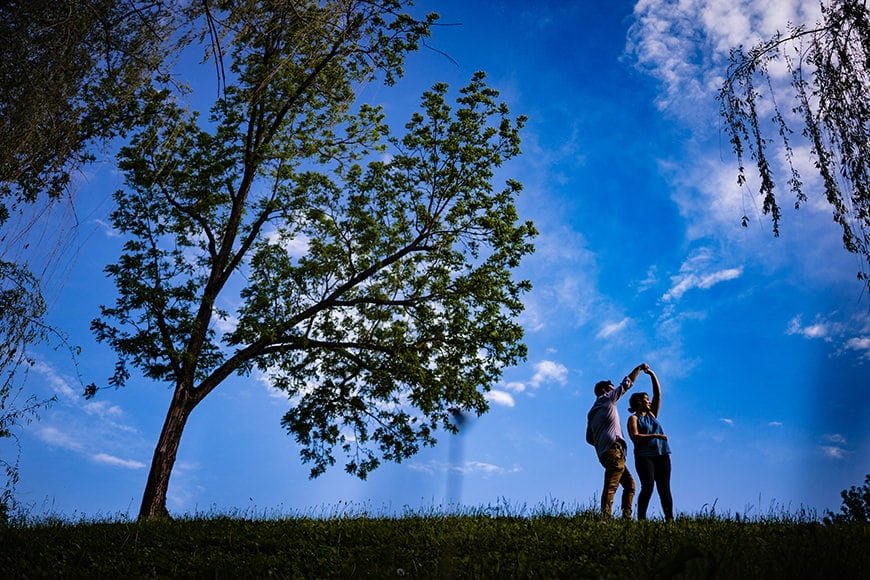
Sony a7 III | © Jason Vinson
Is this competitive with DSLRs?
Not really, but it’s certainly a big step up from other mirrorless bodies. Professionals will still want to grab one or two backup bodies at a minimum, but 600+ shots to a charge can be a real lifesaver when working in difficult conditions.
The Sony a7R II, on the other hand, is pretty standard:
340 shots when working with the rear LCD, and 290 shots when using the EVF.
If you mostly spend your time working from a home studio, this may not matter much–but for outdoor photographers, this is a big deal. I frequently shoot in poor weather, and I hate changing out batteries in the middle of a snowstorm.
9. Price
Somewhat surprisingly, these two bodies are within $200 USD of one another:
About $1800 USD for the a7R II, and $2000 USD for the a7 III.
Is the extra $200 USD worth it for the a7 III?
For most photographers, the answer is going to be an unequivocal “Yes!” The a7 III is such a strong all-around option that $2000 USD is a bargain–and compared to the a7R II, the enhanced performance is undoubtedly worth the additional cash.
But there is a certain type of photographer who should stick with the Sony a7R II:
Anyone who requires the highest possible resolution, or anyone who just doesn’t need action capabilities. For a photographer that shoots only landscapes, for instance, most of the a7 III’s benefits just don’t matter (e.g., AF tracking), and the resolution boost on the a7R II is going to be a big deal.
Final Words

Sony A7 III | © Marc Bergreen
The Sony a7R II and the Sony a7 III are both fantastic cameras and can offer the serious enthusiast or professional a lot of bang for their buck.
But, they’re fundamentally different cameras that cater to very different photographers.
On the one hand, you have the a7R II: A high resolution, compact body that packs decent autofocus and video capabilities at an unusually low price, designed primarily for landscape and commercial shooters.
And then you have the a7 III. It costs several hundred dollars extra, but you get a stellar 24 MP sensor, blazing-fast autofocus, excellent video capabilities, and so much more.
So unless you require the higher resolution of the a7R II, I’d suggest forking out the additional cash and grabbing the a7 III.
You won’t be disappointed.

With double the ISO sensitivity, improved autofocus and 4k video, the a7III is definitely worth the extra money.








